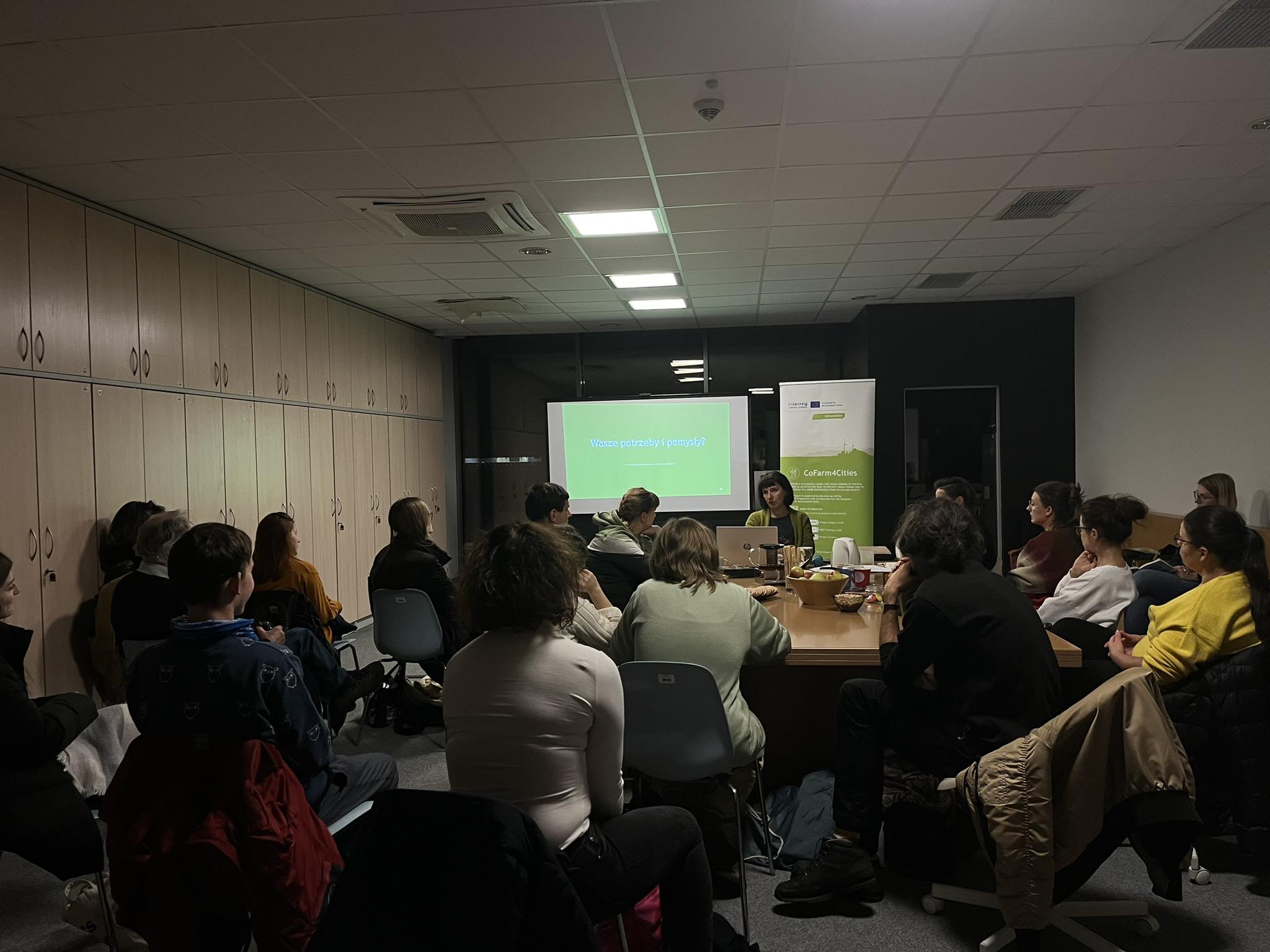Urban farms are collectively farmed areas that are gaining popularity in Central European countries these days. Research shows the many benefits of engaging in such initiatives. However, in order to publicise the activities of such sites and encourage residents to get involved, it is important to focus on communication between the organisers and potential members of urban farming initiatives.
Communication is the key to successful gardening initiatives. As the analyses show, four traditional communication channels can be distinguished:
- interpersonal (small group)
- intrapersonal (one-on-one)
- organisations and communities (newsletters and bulletin boards)
- mass media.
- social media and digital technology
To ensure the success of the initiatives undertaken, internal communication by leaders and external communication to potential members and volunteers is crucial.
Internal Communication:
- Opportunities for Staff Engagement:
- Clearly identify and illustrate opportunities for staff engagement
- Highlight how projects fit into the plan to provide a comprehensive understanding.
- Address any potential conflicts between different groups and activities.
- Project Updates:
- Provide a timeline for projects and their relevance to the overall plan.
- Regular updates on ongoing projects and their progress..
- Communication Tools:
- Use effective communication tools to improve communication.
- Ensure that the tools are comprehensive and cover all relevant information.
- Benefits of the Space:
- Emphasize the benefits of the urban farm initiative, such as mental health benefits and contributions to Sustainable Development Goals (SDGs).
- Highlight actions taken to make the initiative environmentally friendly.
External Communication:
- Understanding the Initiative:
- Clearly define what the urban farm initiative is about and what its overarching goal is.
- Develop a narrative that conveys the purpose and goals to potential volunteers.
- Key Information for Volunteers:
- Communicate essential information to potential volunteers, including details about ongoing events, ways to get involved, and relevant contact details.
- Provide information on the correct way to carry out projects and any technical details needed for participation.
- Varied Communication Tools:
- Consider including various communication tools, such as QR codes and online videos, to cater to different learning preferences.
- Feedback Loop:
- Establish a feedback mechanism to continuously improve communication and address any concerns or questions from potential volunteers.
Effective communication will not only create a shared understanding within the steering committee but also encourage respect and engagement among potential volunteers, fostering a successful community garden initiative.
